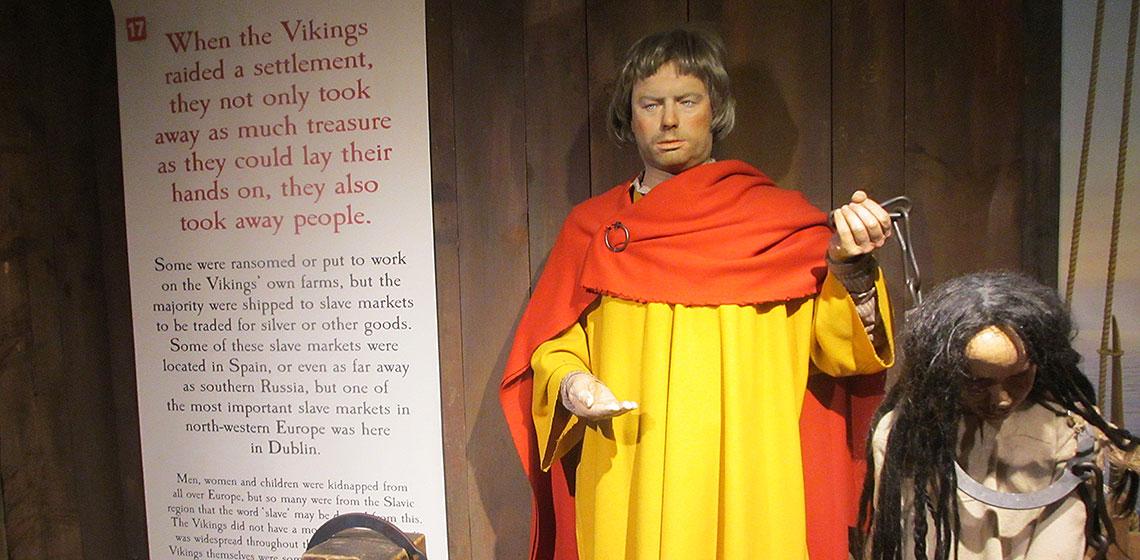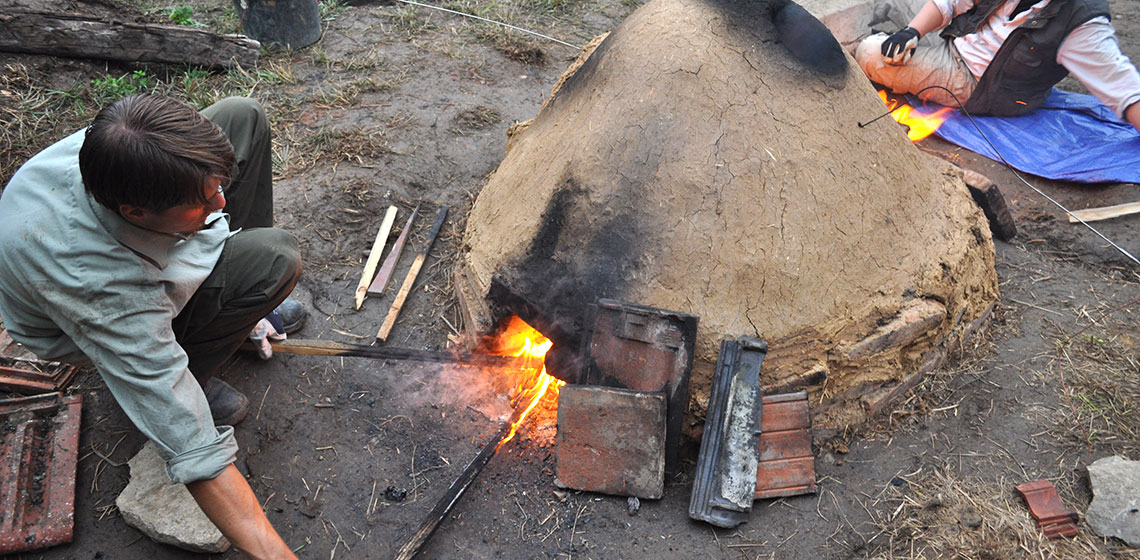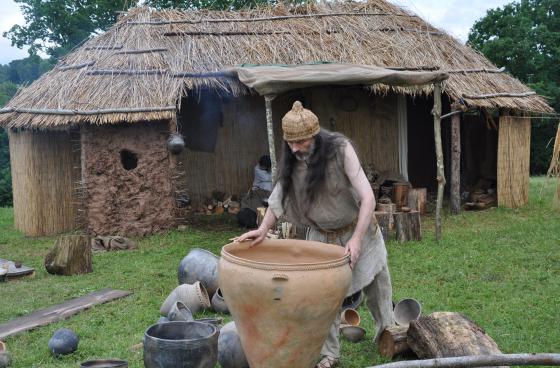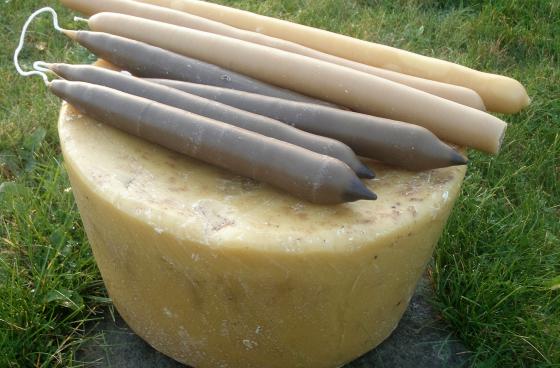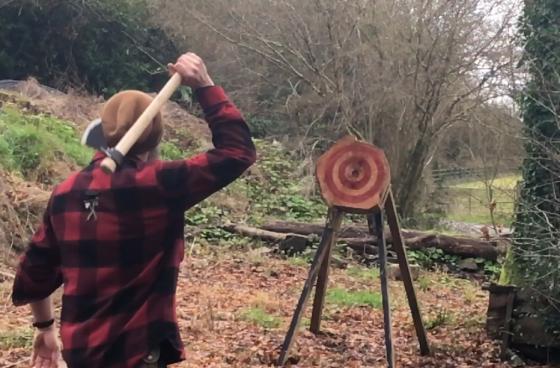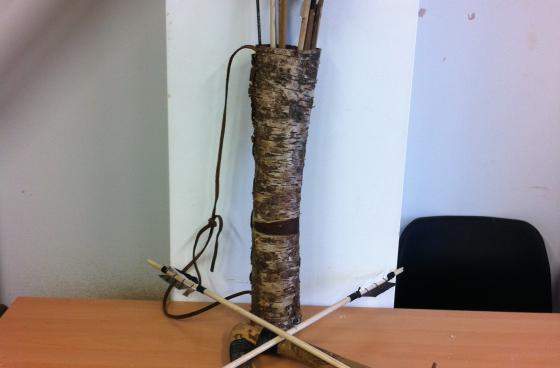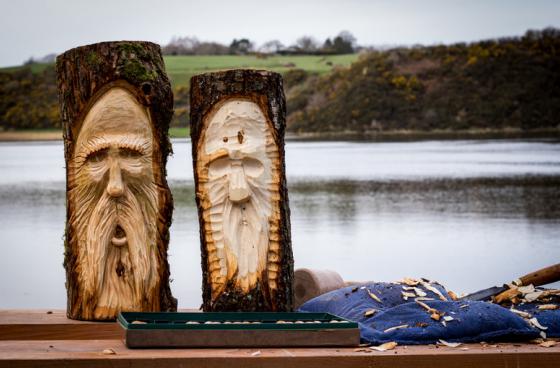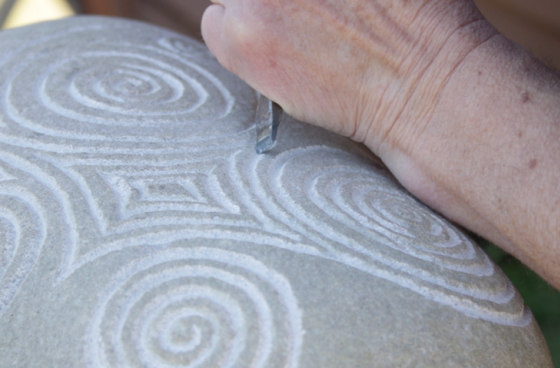Dublinia Heritage Centre (IE)
Dublinia heritage centre, a subsidiary company of the Medieval Trust serves as custodian of Viking and Medieval Dublin. Dublinia exhibits, promotes and displays the tangible and intangible culture and heritage through experiential reconstructions, best practice exhibitions and multi-sensory public engagement events. Dublinia’s objective is to be an engaging, educational and fun learning experience for all and strives to be the foremost education specialist for tomorrow’s tour guides.
Dublinia heritage centre, a subsidiary company of the Medieval Trust serves as custodian of Viking and Medieval Dublin. Dublinia exhibits, promotes and displays the tangible and intangible culture and heritage through experiential reconstructions, best practice exhibitions and multi-sensory public engagement events...

